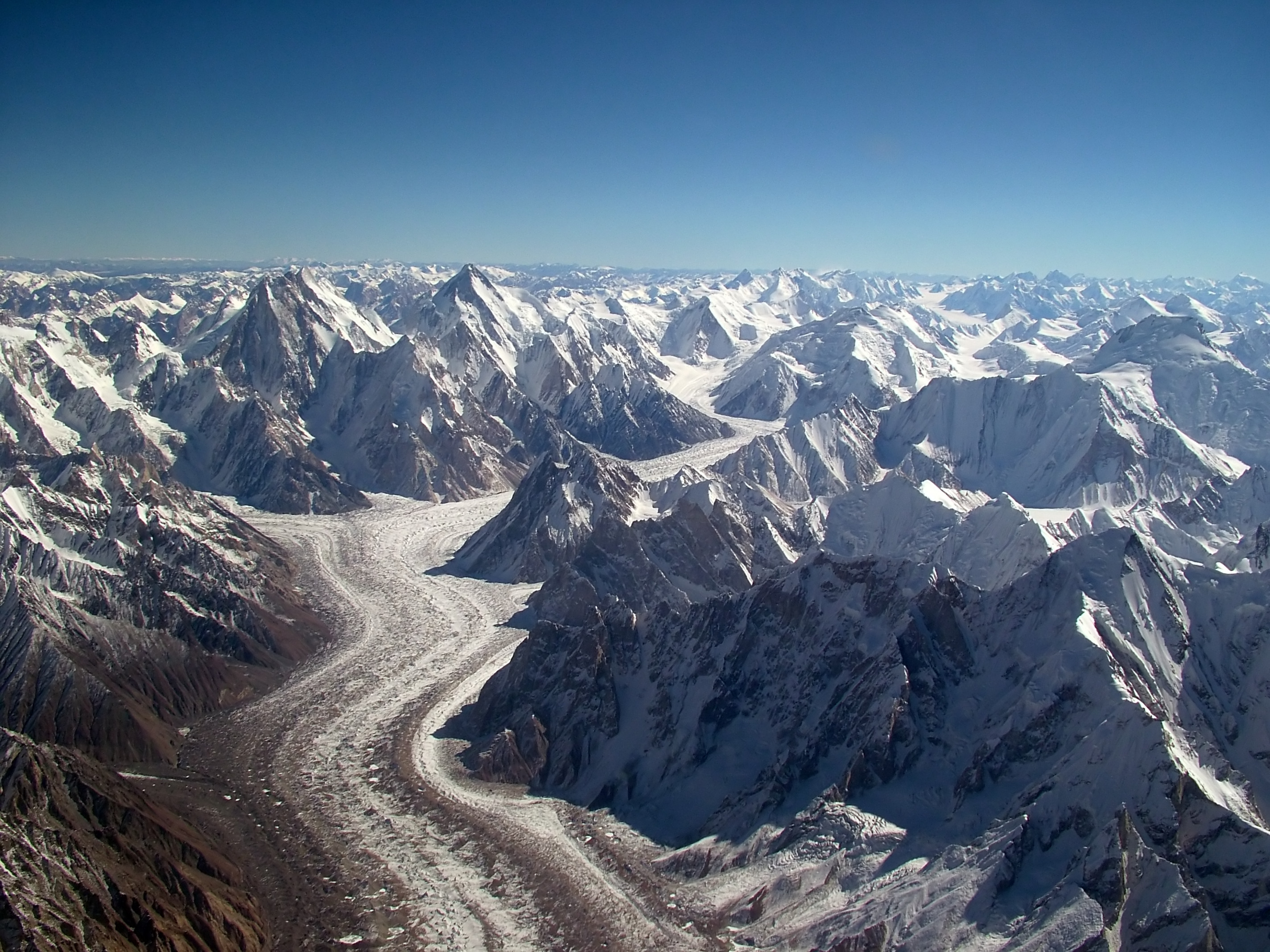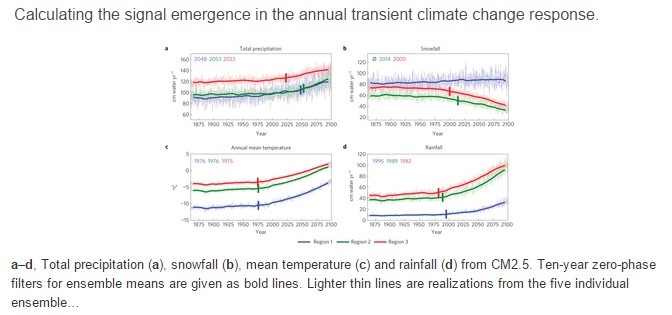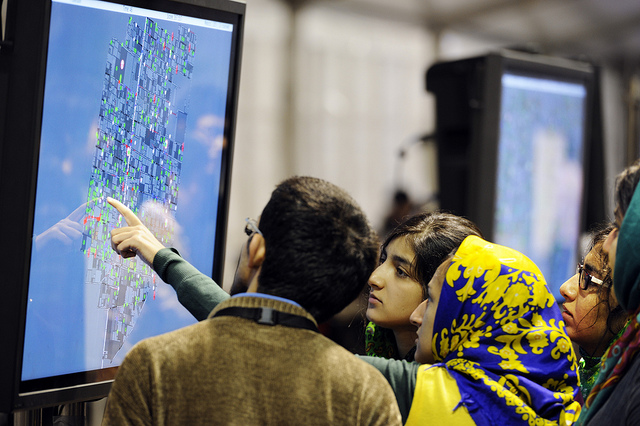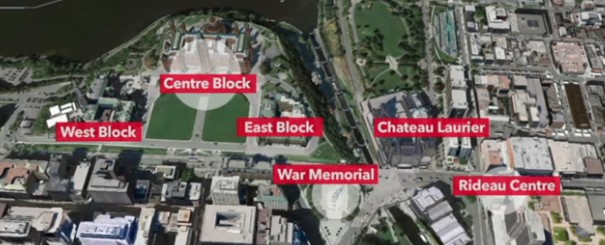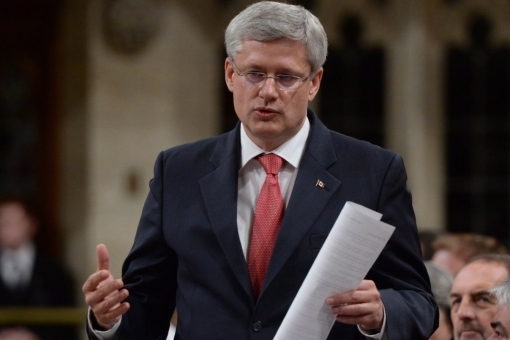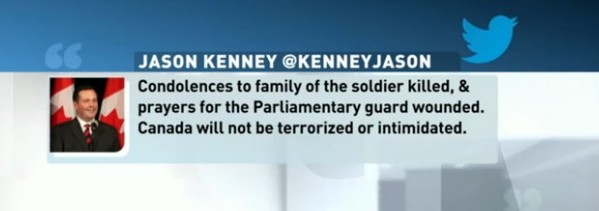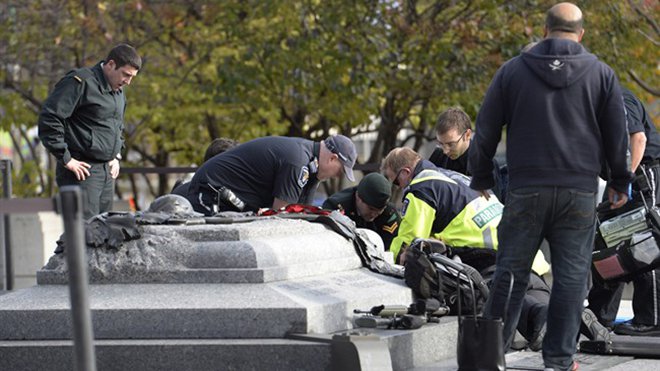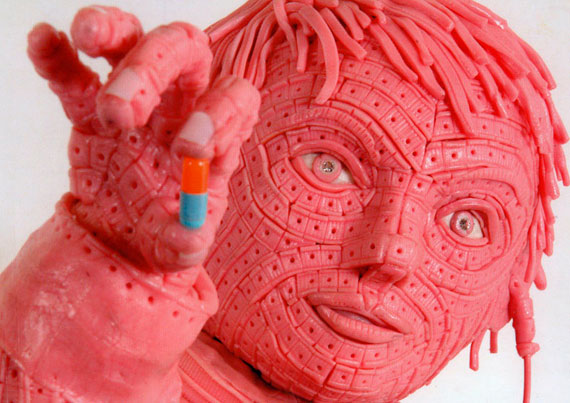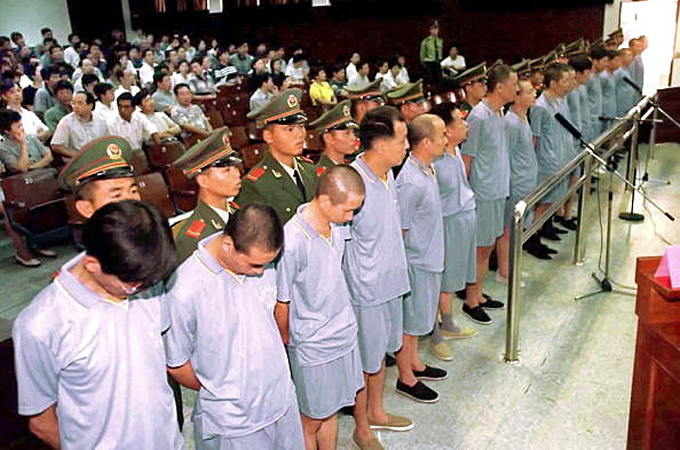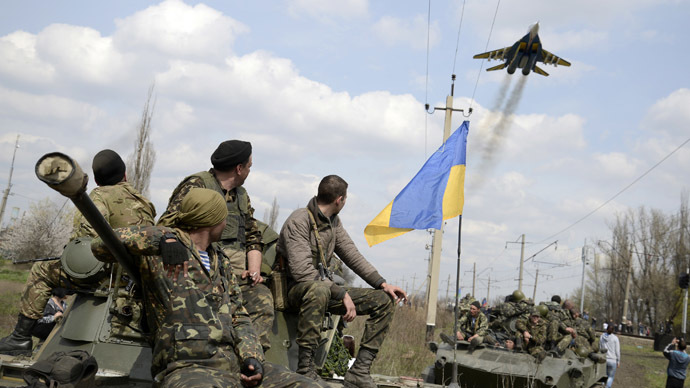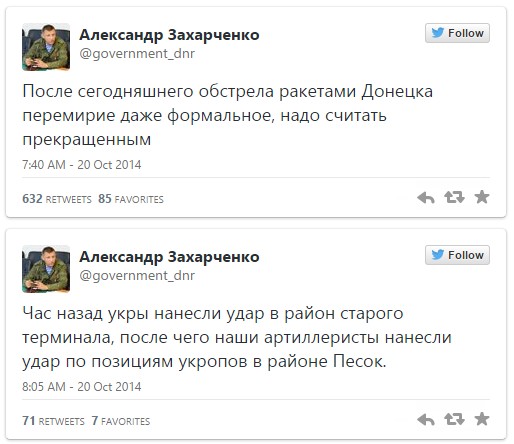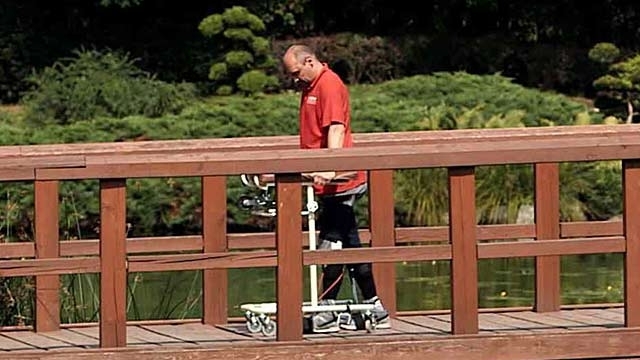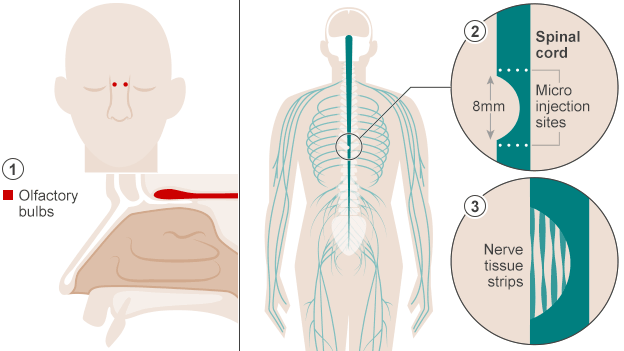According to a new study by researchers at Semmelweis University, Hungary, the season you were born in significantly affects your personality. Season of birth has traditionally been viewed as an indicator of personality in cultures around the world, and has been integrated into natural sciences such as astrology, but until now mood has not been linked to personality by science.
“Biochemical studies have shown that the season in which you are born has an influence on certain monoamine neurotransmitters, such as dopamine and serotonin, which is detectable even in adult life,” commented lead researcher on the study, Xenia Gonda, an assistant professor at the Department of Clinical and Theoretical Mental Health at Semmelweis University, Budapest. “This led us to believe that birth season may have a longer-lasting effect. Our work looked at over 400 subjects and matched their birth season to personality types in later life. Basically, it seems that when you are born may increase or decrease your chance of developing certain mood disorders”.
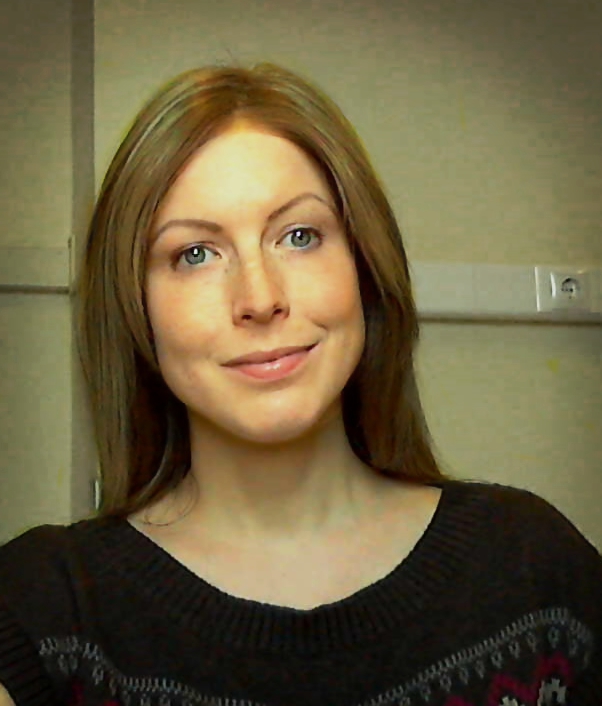
“We can’t yet say anything about the mechanisms involved,” said Gonda in a recent press briefing. “What we are now looking at is to see if there are genetic markers which are related to season of birth and mood disorder”.
The study was undertaken by researchers from Budapest, Hungary, and is being presented at the European College of CNP Congress in Berlin.
The research team found statistically significant trends for people born in each of the seasons.
Those born in summer exhibited rapid, frequent swings between sad and cheerful moods–called cyclothymic temperament–in comparison with those born in winter. Summer babies, as well as those born in spring, also more frequently exhibited a tendency to be excessively positive–called hyperthymic temperament.
Winter babies showed a significantly lower tendency to be prone to irritable temperament than babies born at any other time of the year. Winter babies also, however, showed higher tendency to depressive temperament than those born in autumn.
Professor Eduard Vieta of the European College of Neuropsychopharmacology in Barcelona commented on the research, “Seasons affect our mood and behavior. Even the season at our birth may influence our subsequent risk for developing certain medical conditions, including some mental disorders.
“What’s new from this group of researchers is the influence of season at birth and temperament,” said Vieta. “Temperaments are not disorders but biologically-driven behavioral and emotional trends. Although both genetic and environmental factors are involved in one’s temperament, now we know that the season at birth plays a role too. And the finding of ‘high mood’ tendency (hyperthymic temperament) for those born in summer is quite intriguing.”
By Ray Korshunova

